Blog and News
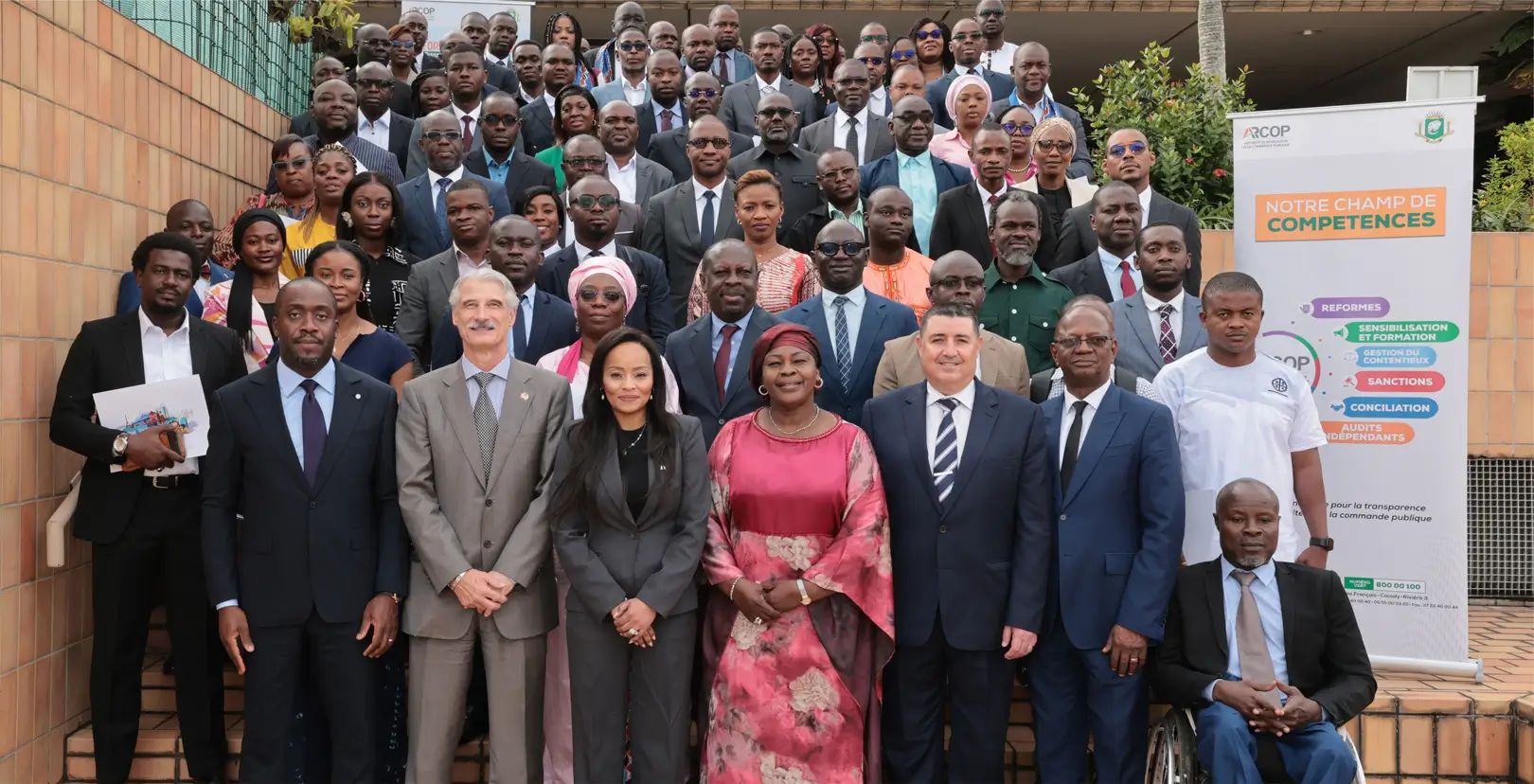
Professionalisation of Public Procurement in Côte d’Ivoire: 88 New PPMS® Experts Certified
On 14 August 2025, the Public Procurement Regulatory Authority (ARCOP) organised in Abidjan the official certificate award ceremony for the 2024 cohort of the Manager Specialist in Procurement (PPMS®) programme.
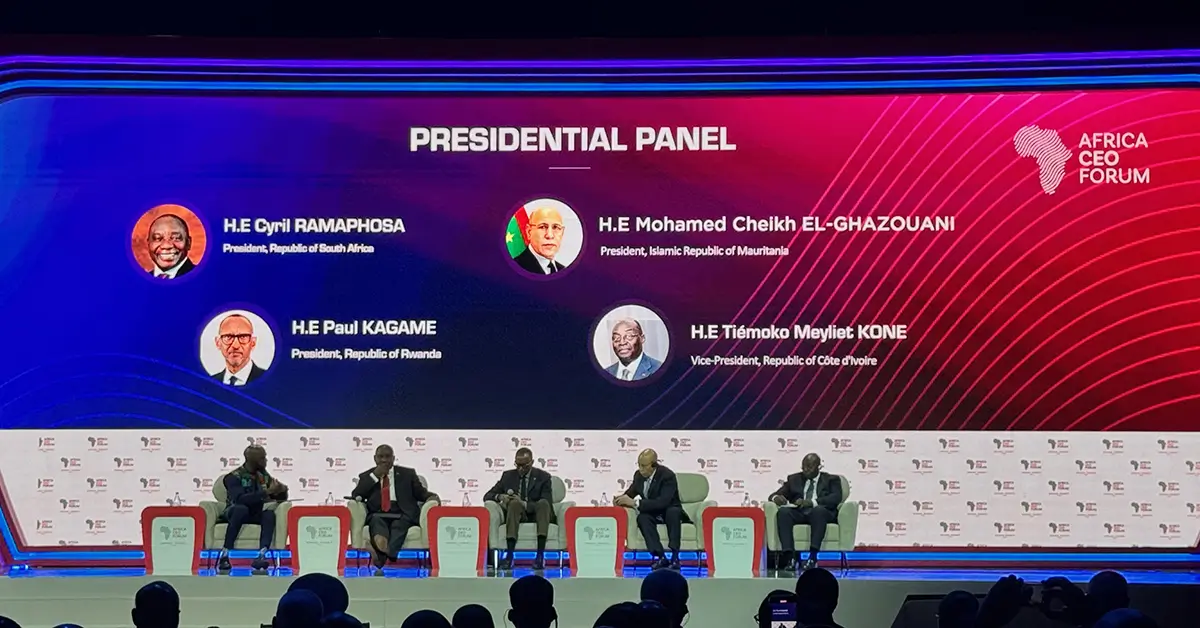
SETYM International at the Africa CEO Forum 2025: Strategic Engagement and Renewed Commitment
SETYM International at the Africa CEO Forum 2025: A Strategic Commitment to Boost Public-Private Development in Africa
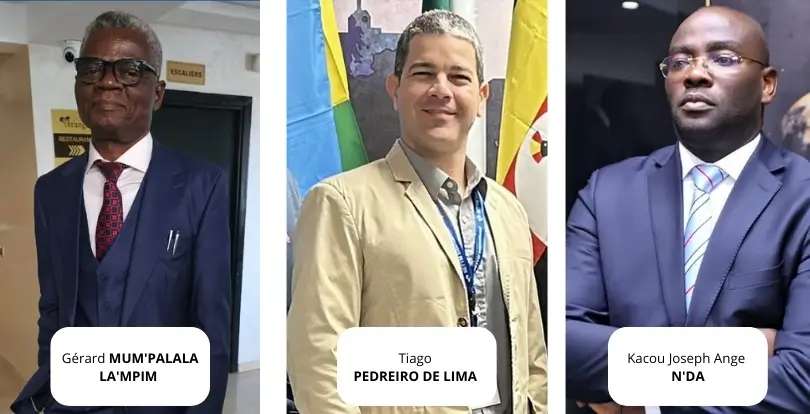
Meet the Winners of Our 2024 Contest!
This competition offered the chance to win one of three (3) free places at one of our international training programmes in 2025.
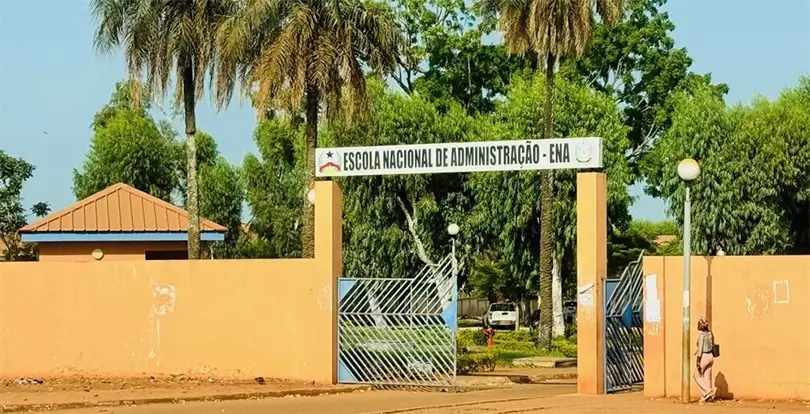
Guinea-Bissau: First Training Conducted by ENA under the Supervision of SETYM International
Official Opening Ceremony of the Procurement Training Programme Delivered at the National School of Administration (ENA) in Guinea-Bissau.
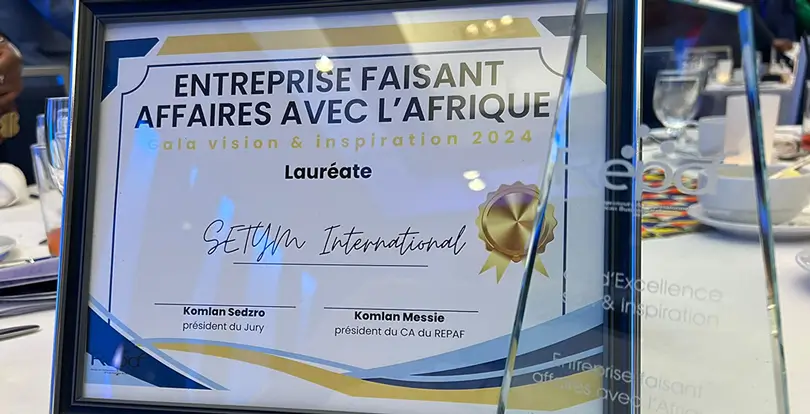
SETYM International Wins the “Business with Africa” Award at the REPAF Vision and Inspiration Excellence Gala
SETYM International was honoured with the prestigious “Business with Africa” Award at the Vision and Inspiration Excellence Gala, organised by the Network of African Entrepreneurs and Professionals (REPAF).
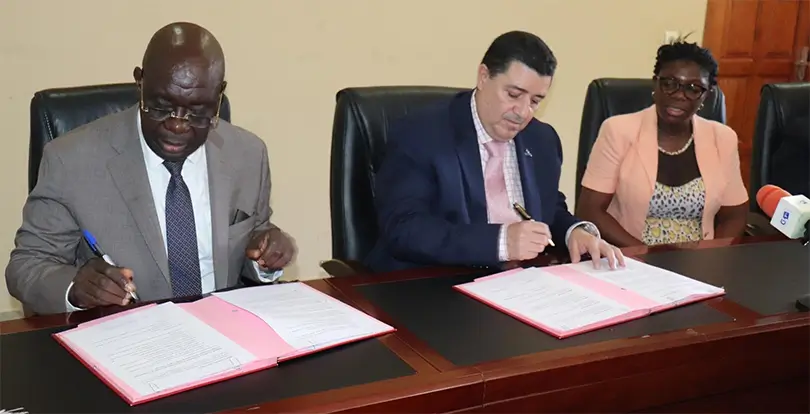
Gabon: Partnership Signing Ceremony between EM Gabon – University and SETYM International
SETYM International proudly announces a strategic partnership with EM Gabon–University to deliver advanced training for public sector executives.
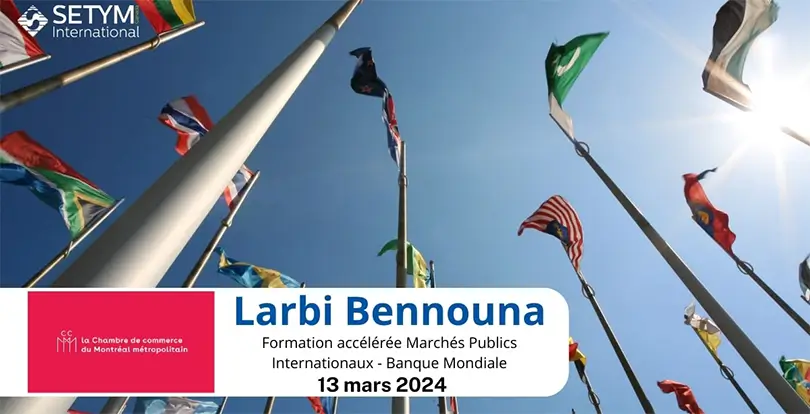
Exceptional Training on International Public Procurement with Larbi Bennouna and CCMM
Mr Bennouna will share his expertise, particularly on financing processes and business opportunities with the World Bank.
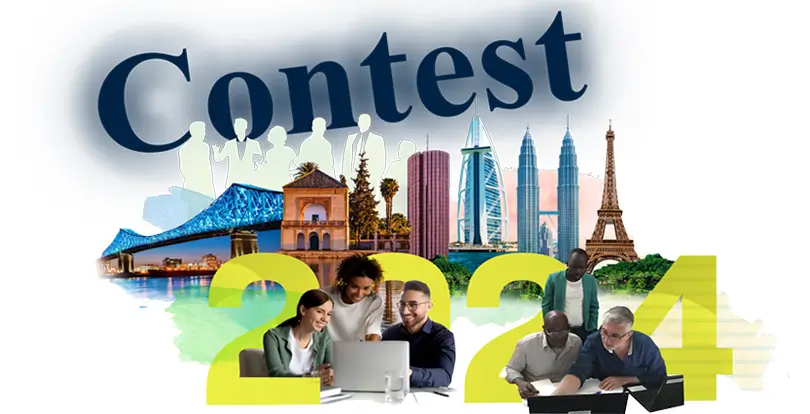
Meet the winners of SETYM International’s 35th anniversary contest
Meet the winners of SETYM International’s 35th anniversary competition – celebrating lifelong learning and professional development worldwide.
8 results.